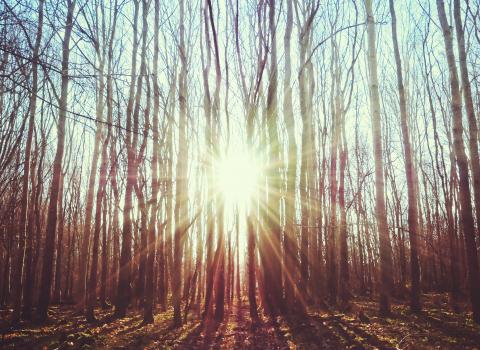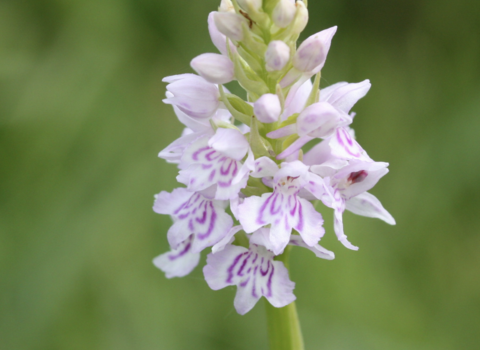We never like having to close any of our ancient woodlands, knowing how valued they are, especially by those who live close to one and may visit daily, however, increasing extreme weather incidents due to climate change mean that closures will become more frequent and necessary.
Here are the main reasons why some woodlands will be closed at some point over autumn 2021/winter 2022.
-
Woodland management maintenance is vital for all woods at some point and most woods have times when seasonal work is necessary especially the larger and more complex they are. We may need to use specialist contractors which might mean, on occasion, having heavy machinery moving about woods eg for felling.
-
Damaged trees present safety issues: it's our responsibility for public safety to take down trees or part of trees which are unsafe and so pose a hazard to visitors. This would likely be trees near parked cars or buildings but could be more areas extensive after strong winds and storm events.
-
Ash dieback implications: looking ahead problems with ash dieback will increasingly cause closures where woods have trees which have already died. This may involve localised areas of woods being closed until the affected trees have died and collapsed.
-
Waterlogged soils/standing water/deep mud - although this may sound a simple inconvenience (just put some wellies on) the bigger picture is that many species sustain long term damage through continued use of woodlands: wildflowers are lost along with the animals they support. The use of wet muddy paths also helps to spread diseases such as phytophthoras (Sudden Oak Death) which can devastate tree populations.
-
Climate crisis will, unfortunately and inevitably, continue to cause more frequent closures looking ahead. Warmer wetter winters such as the past couple of years with unprecedented levels of intense rainfall in concentrated short amounts of time, are likely to recur. Most of our woodlands are located on impermeable heavy clay soils which become delicate when wet and prone to puddling, as any local gardener can testify. And, as experienced during lockdown, heavy footfall conspires to make woods impassable and unsafe, as well as causing damage to a wide range of spring and summer flowering species such as bluebells, and common spotted orchids.
For more in depth on these conditions see Frequently Asked Questions link bottom left.
Make proactive choices
So conscious decisions to avoid walking in woods will need to be taken, but proactive choices are always possible - plenty of nature reserves will remain open, those able to successfully resist more extreme conditions. Perhaps take the time to list five optional reserves to visit at times when a favourite woodland faces closure, start visiting them soon and discover plenty of wonderful alternative wildlife habitats to enjoy and explore all winter (Trust members can consult their reserves guide, Where to See Wildlife).



